Archive
2021
KubaParis
VERWANDLUNGSMÖBEL
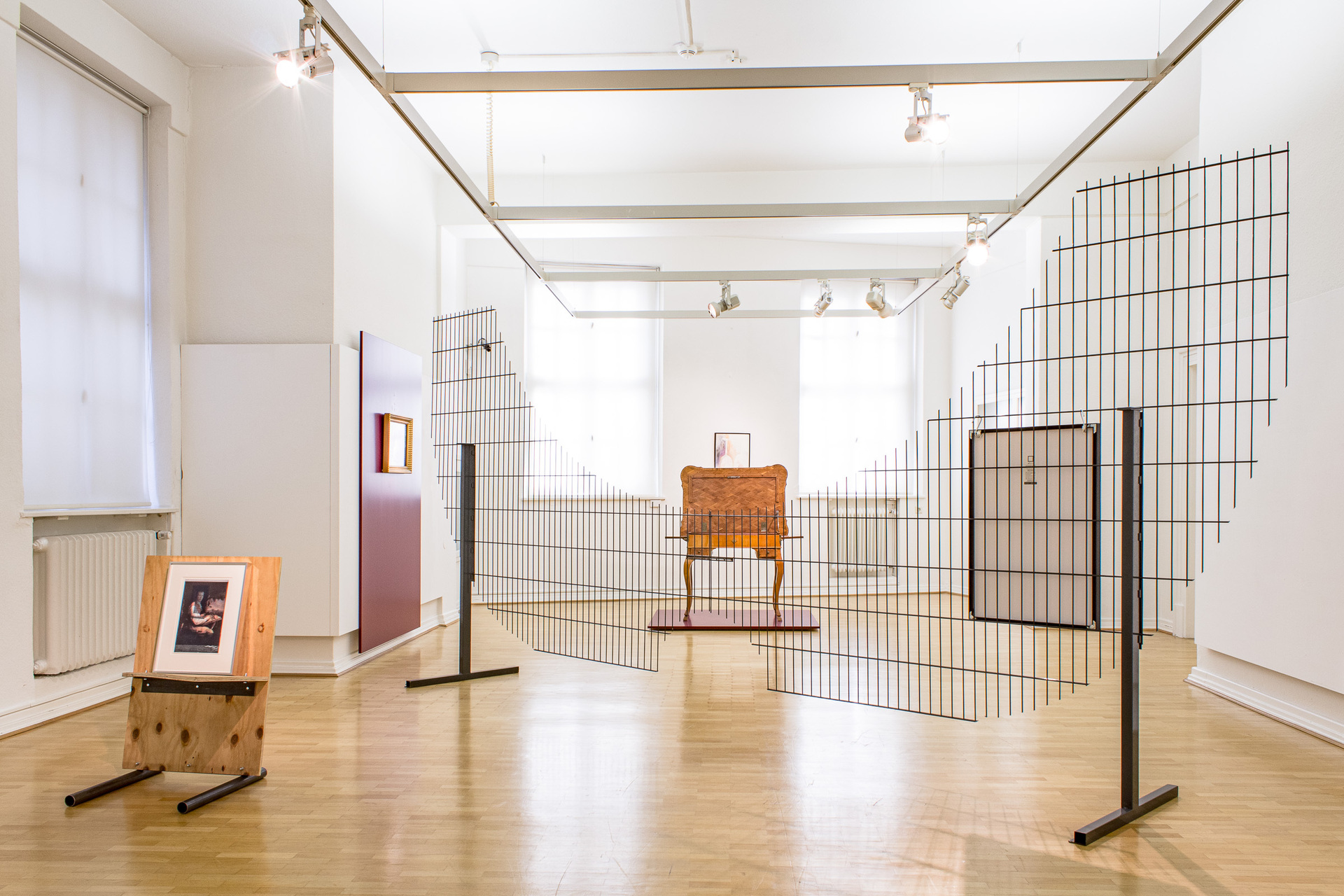
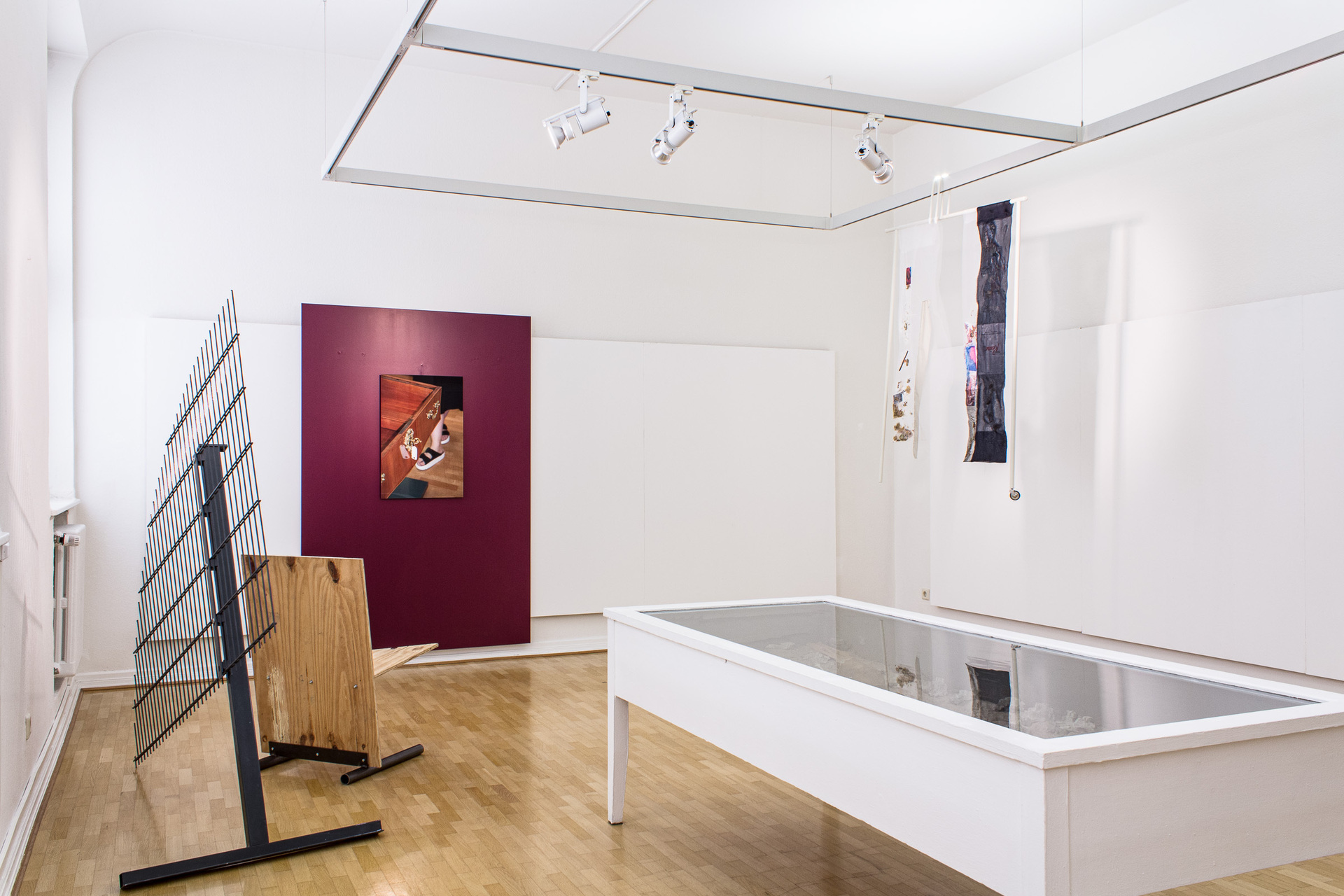
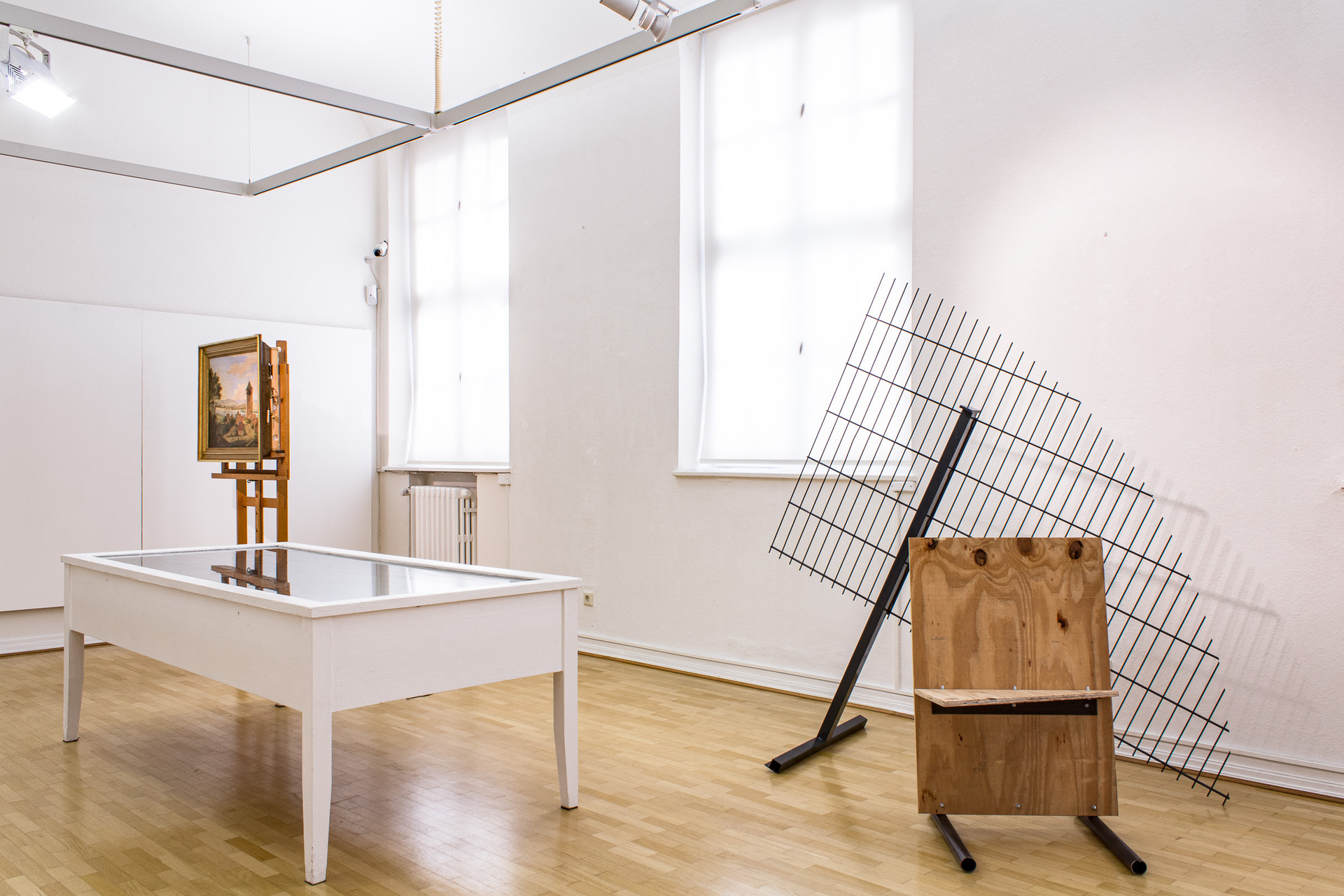
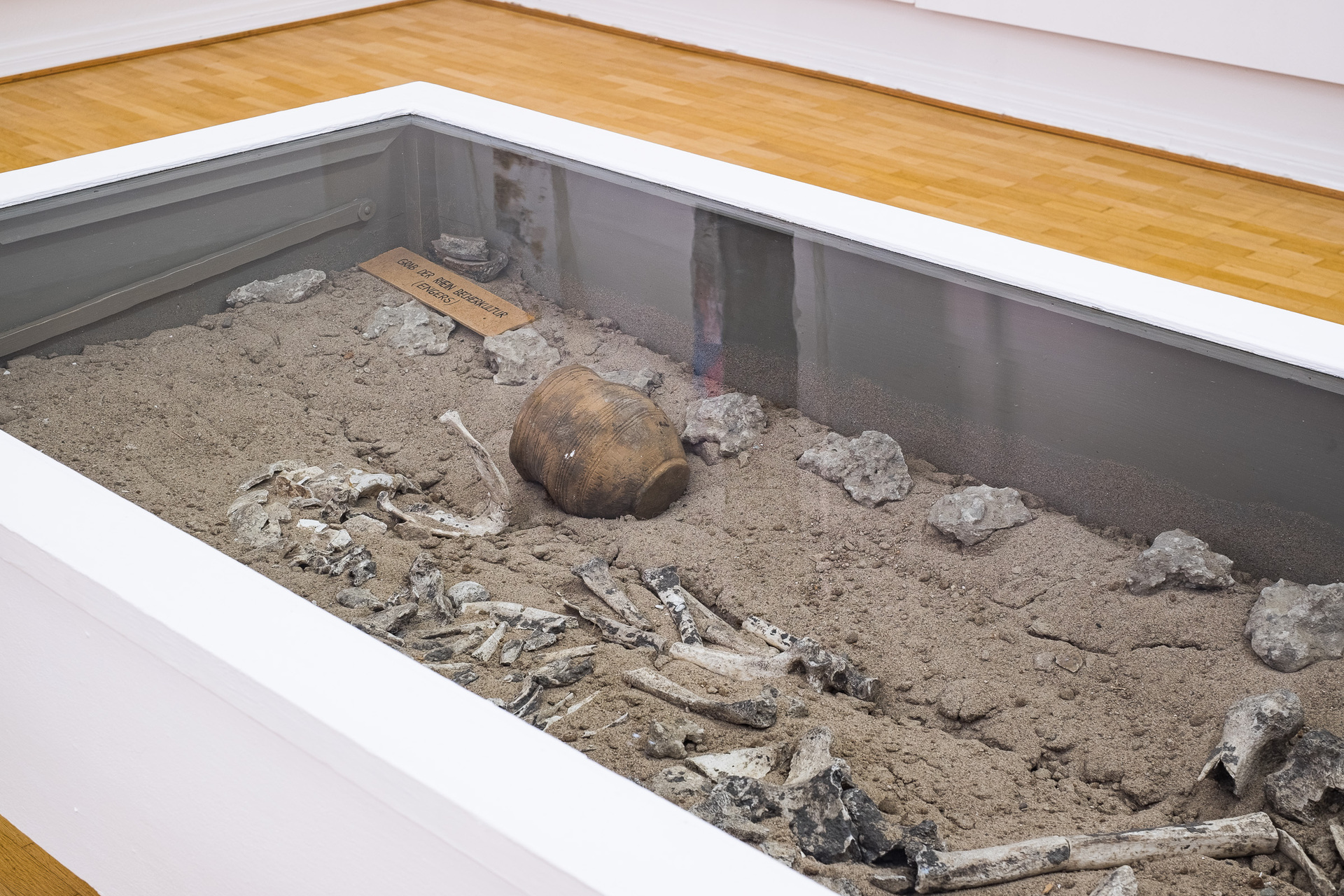
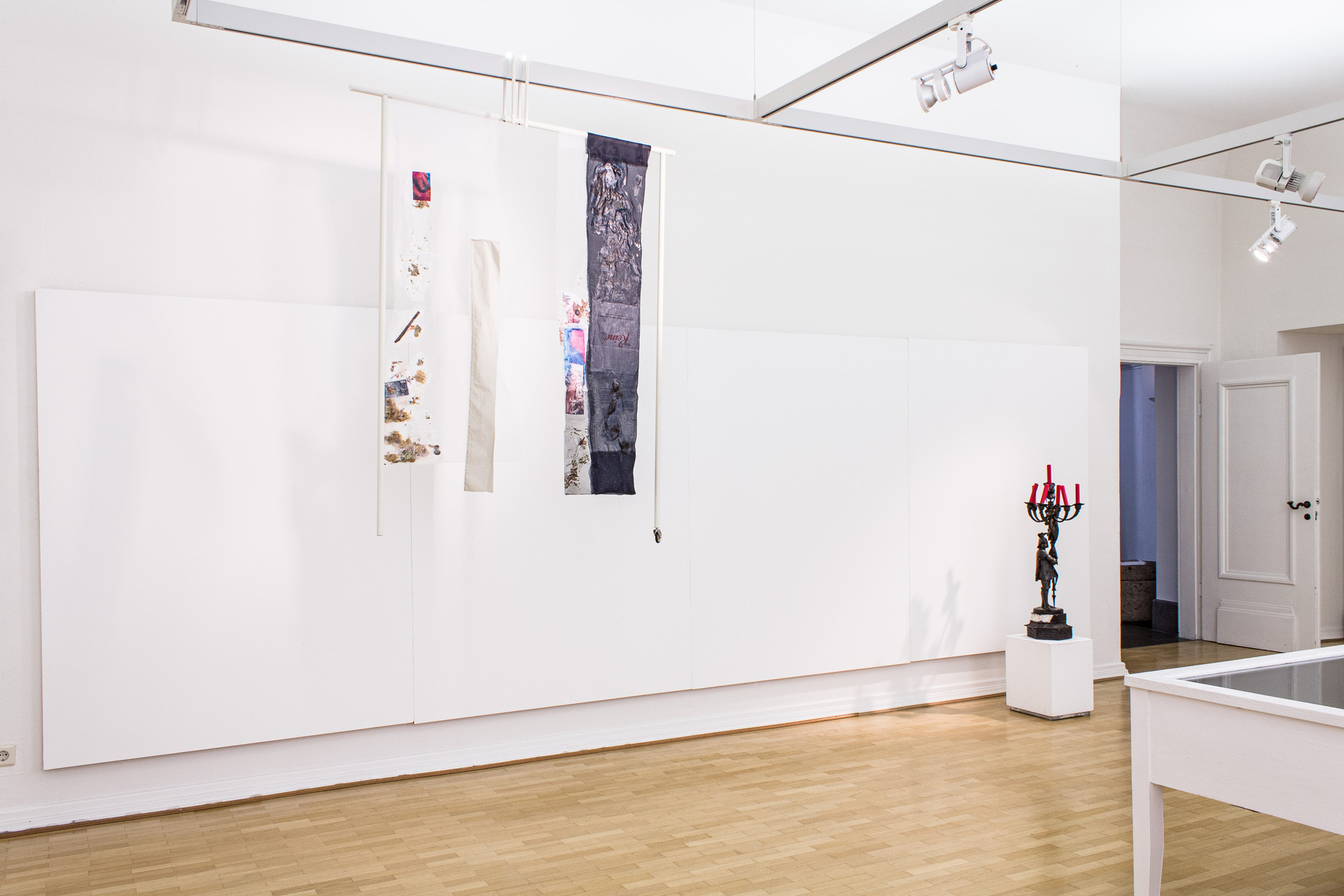
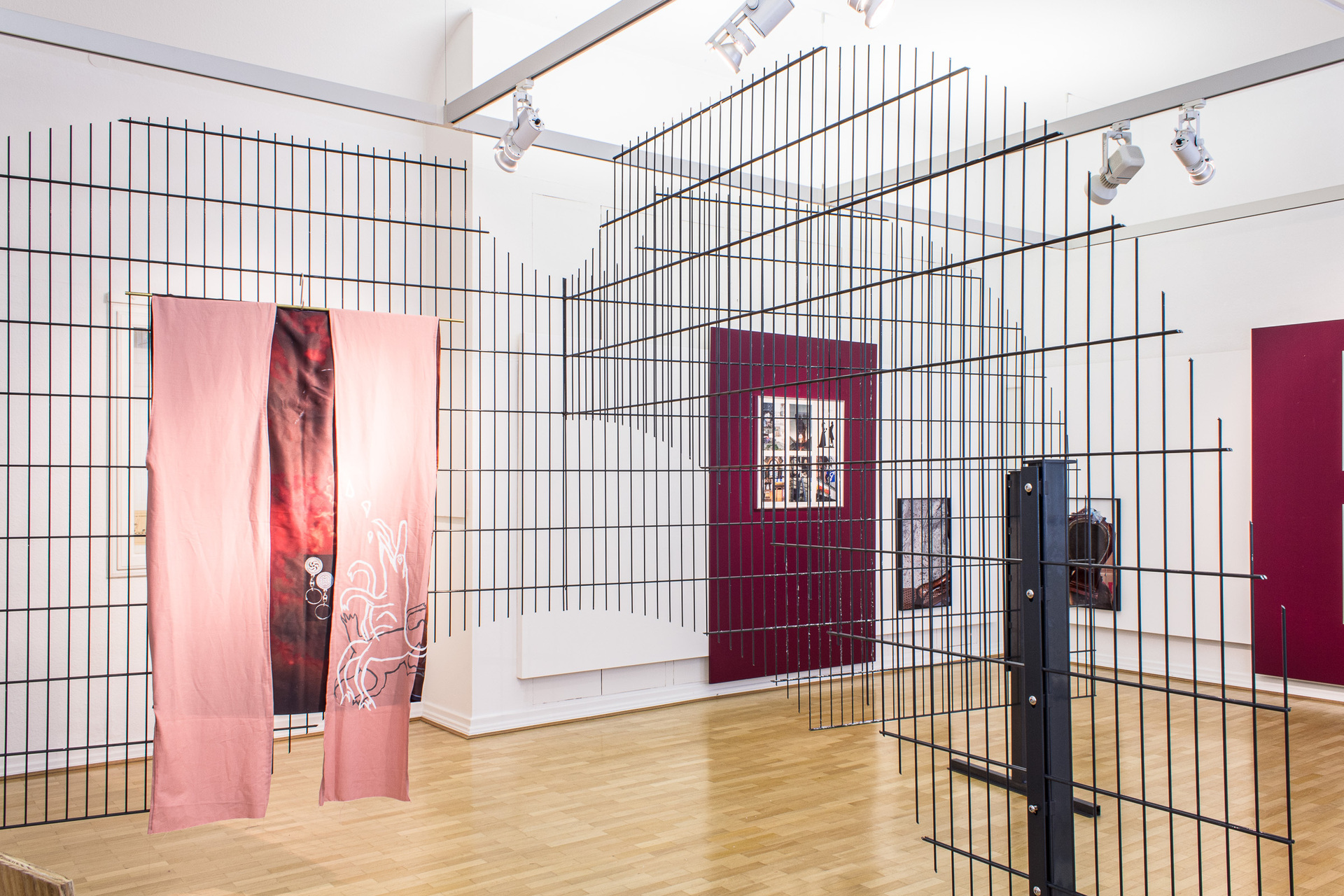
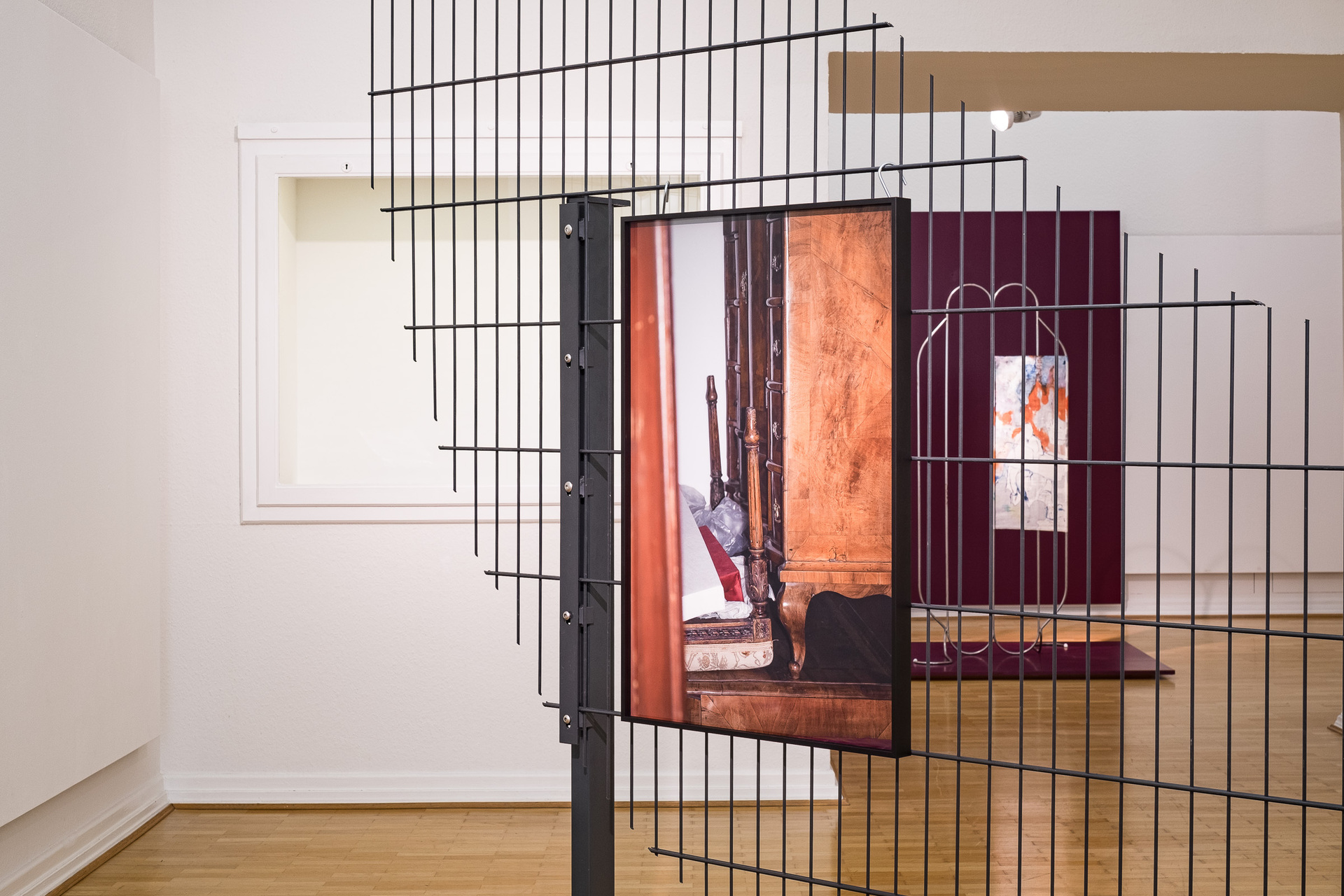
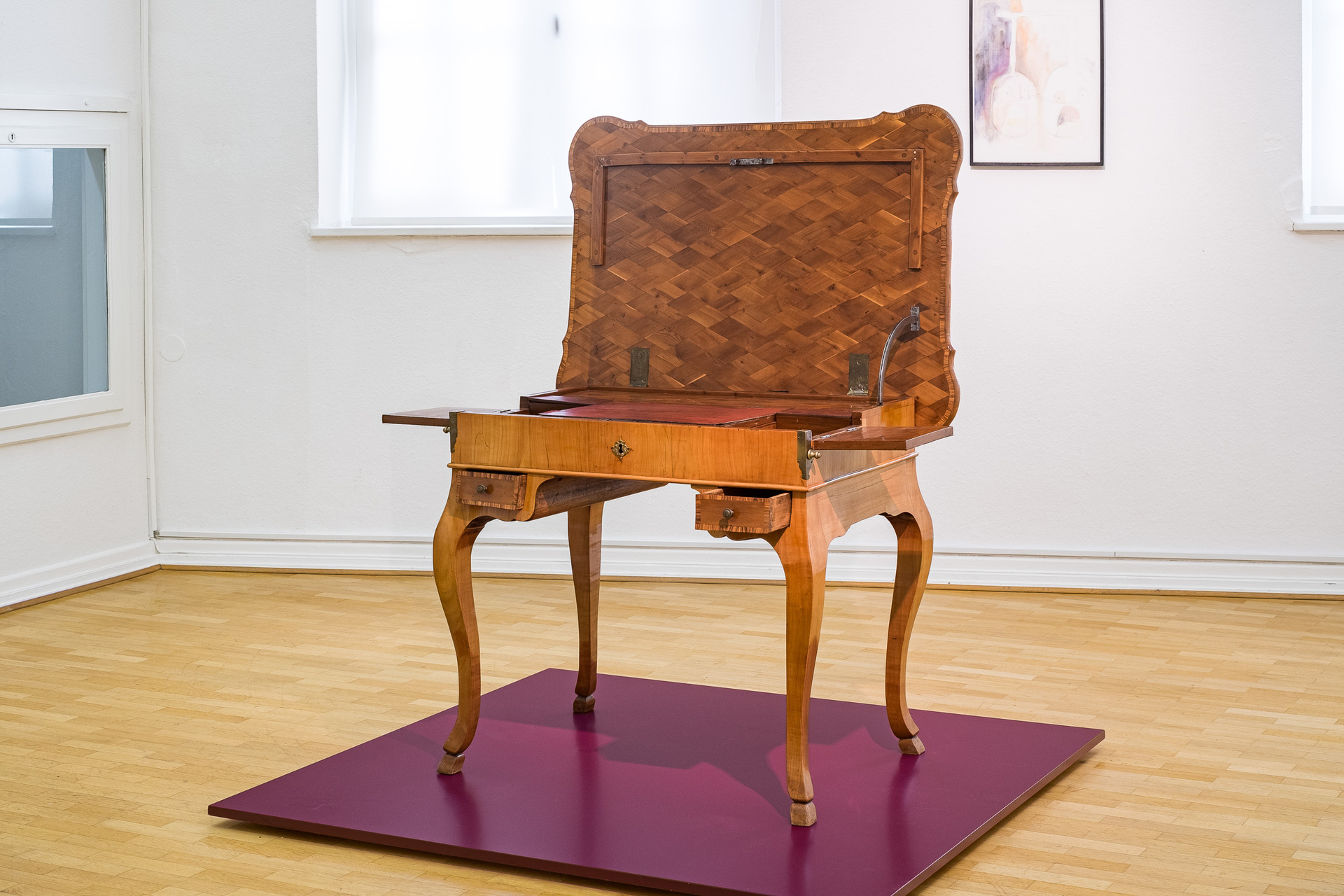



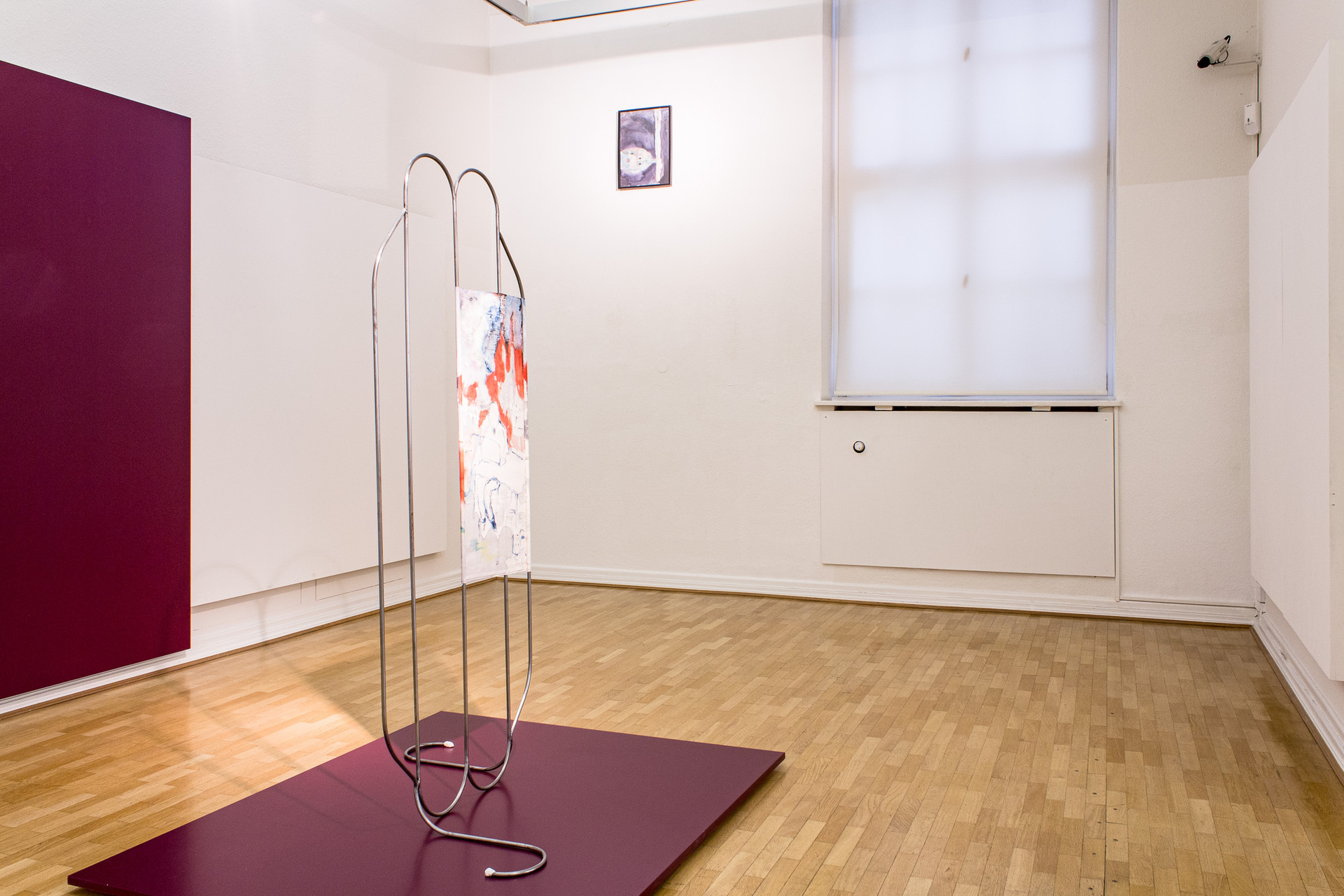
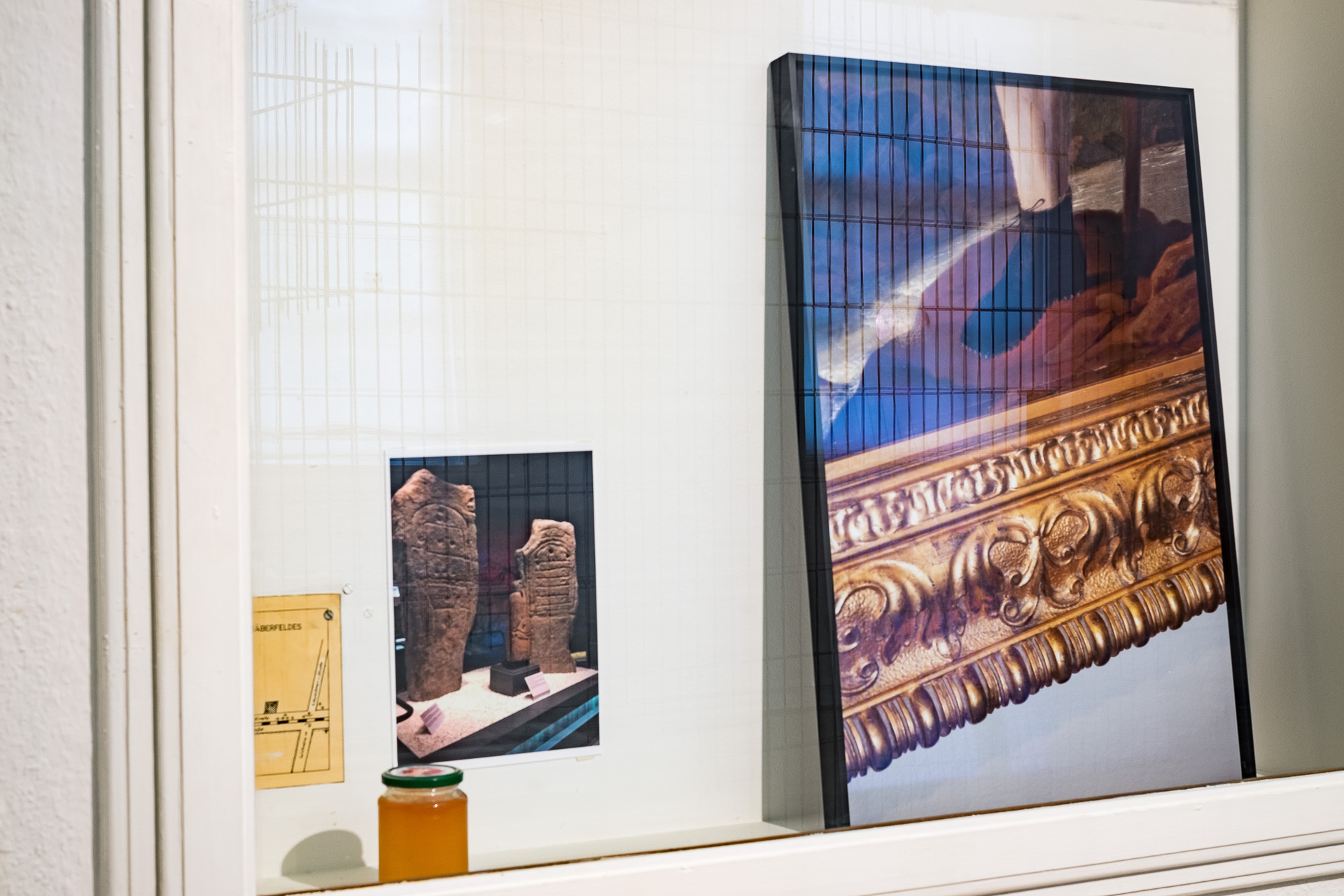

Location
Roentegn Museum NeuwiedDate
10.09 –09.10.2021Curator
Elmar Hermann, Ani Schulze, Christoph WestermeierPhotography
Felix ObermaierSubheadline
Elmar Hermann, Ani Schulze, Christoph Westermeier interplay with Roentgen furniture, archive materials by Roentgen researcher Dietrich Fabian and further objects from the museum collectionText
VERWANDLUNGSMÖBEL is an interplay of the three artists Elmar Hermann, Ani Schulze, Christoph Westermeier, who deal with Roentgen's design impulse from the 18th century in the 21st century. In addition to a piece of transforming furniture by Roentgen, the exhibition also presents archive materials by Roentgen researcher Dietrich Fabians to the public for the first time. Further objects from the depot, such as a picture clock from the 19th century and a chandelier from the historicist period, are integrated into the installation. Hermann, Schulze and Westermeier have juxtaposed these objects and materials with their own works, which thematically expand the mind game of the transformation furniture: Elmar Hermann uses commercially available metal fence elements, such as those used in gardens or urban spaces, to create sculptures that derive their form from the human diaphragm. In the exhibition, these function as room dividers and partly as displays of the other works. Ani Schulze navigates the idea of mobility and narration using the inlays on Roentgen's furniture to create self-portraits. These thematise digital working conditions, temporality and mythology. Christoph Westermeier has taken a photographic look at the museum's depot and collection history and shows his works as installations in the exhibition. For example, they hang on Hermann's sculptures or stand on chair elements.
In the exhibition VERWANDLUNGSMÖBEL, display cases containing prehistoric and antique excavations are also made visible, which have not been accessible since a museum renovation in the 1990s. The showcases, fully stocked and labelled, were locked. Now they are shown again for the first time in over thirty years for the duration of the exhibition.
Ani Schulze